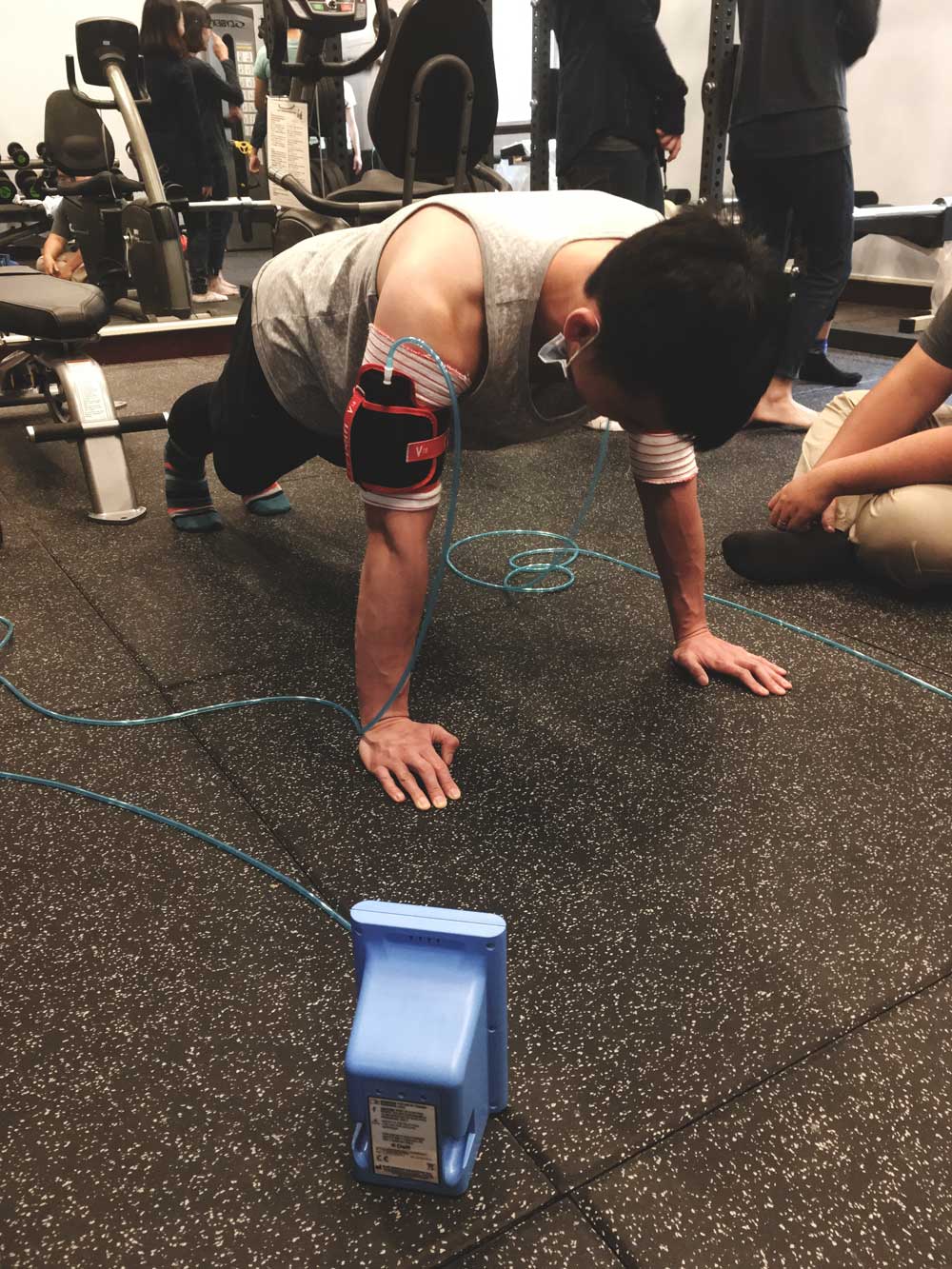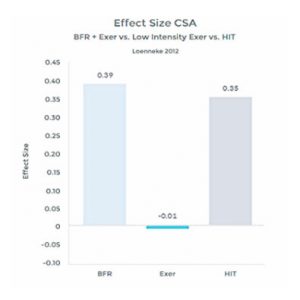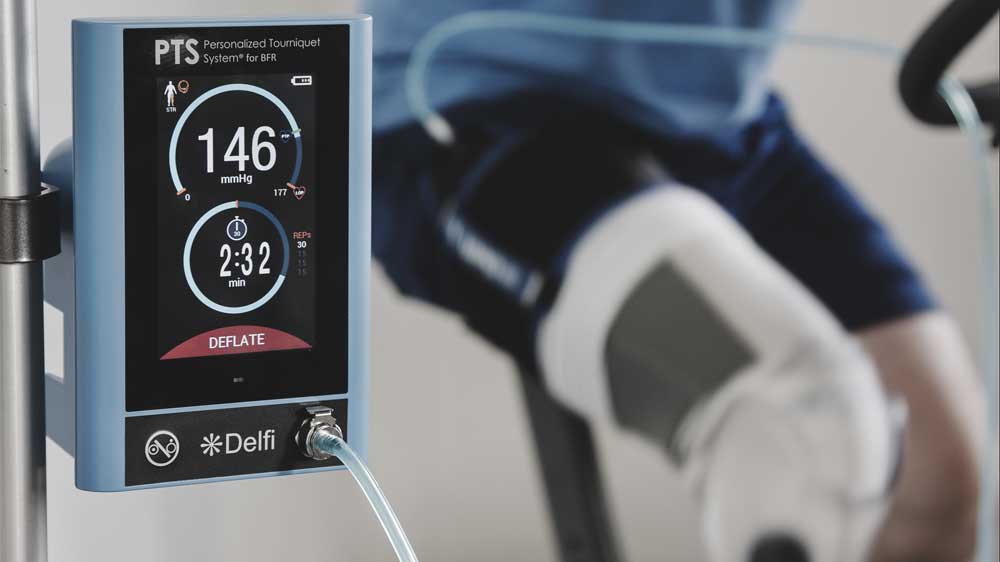For Patients
Gain strength, reduce pain and speed up your recovery with PBFR
I was referred to see Susan Deslippe by a good friend of mine. I have experienced years of pain in my knee since tearing my ACL (no surgery) and my doctor recently tried PRP injections that caused some aggravation. On my first visit with Susan, she suggested personalized blood flow restriction rehabilitation (PBFR) to help in strengthen my muscles and reduce pain in my knee. I was amazed at the result! Almost immediately I could go up and down stairs more easily and without pain. I was even able to participate in a dance class only a couple of days later. I had never expected such fantastic results in such a short time!
I would highly recommend to anyone to have a consult with Susan and see if BFR could be right for you. This has made such a difference for me and more people should know about this!
Adaptive gains without heavy lifting
What frequency and duration of PBFR training is needed to result in improved strength?
If you are recovering from surgery or injury, or you are an elderly person, or an athlete in a competitive season, you may not be a candidate for higher load training. Personalized Blood Flow Restriction (PBFR) rehabilitation has become a novel training method for you to obtain gains similar to high intensity training (HIT) but utilizing significantly lower loads.
The ACSM guidelines recommend that novice and intermediate lifters require a load of 75-85% 1 repetition maximum over a 12-16 week period for maximizing muscle strength and hypertrophy (growth). Scientific evidence reveals that exercising with light load (e.g. using theraband or small weights) exercise does not apply an adequate mechanical or metabolic stress to the tissues to result in these adaptive gains.
PBFR overcomes this clinical challenge. Furthermore, endurance exercise performed with PBFR has been demonstrated to result in improved muscle endurance in 1/3 of the training time.

fig. 1 – tourniquet cuff

fig. 2 – resistance exercise
A specialized wide and tapered tourniquet cuff is placed around the upper leg or arm. The device measures your own personalized pressure automatically, then inflates the cuff to that specific pressure (fig.1). This briefly and intermittently reduces blood flow to the exercising extremity mimicking the occlusive effect that occurs naturally when a person lifts heavy (fig.2). With PBFR however, the partial occlusion causes an exaggerated gain in muscle strength and hypertrophy (normally achieved only with high intensity training) while requiring only a light load (20-30% of 1 repetition maximum/RM), protecting the injured area from strain.
Lighter Load, Better Strength Results

According to scientific research, there is no light load alternative. However extensive evidence cited in the scientific literature comprising approximately 820 research articles (160 peer reviewed), supports PBFR’s safety and efficacy.
As Canada’s leading PBFR educator and trainer for Owen’s Recovery Science, Susan can help physiotherapists, medical physicians, chiropractors, occupational therapists and athletic trainers add this rehab intervention to their clinical practice today.
**LIGHT LOAD EXERCISE (20-30% 1RM) WITH BFR
v’s LIGHT LOAD EXERCISE (20-30% 1RM) WITHOUT BFR
v’s HEAVY LOAD EXERCISE (>70% 1RM i.e. HIGH INTENSITY TRAINING or HIT) WITHOUT BFR
Get started
Whether you're wanting to add PBFR to your clinical practice or need more information about the therapy, we're here to help. Contact us to get started today!

